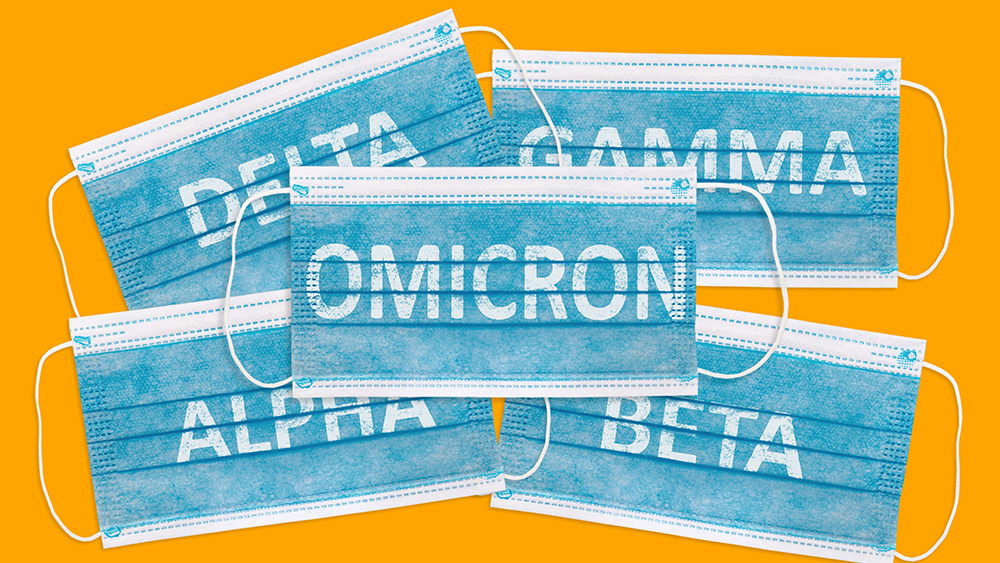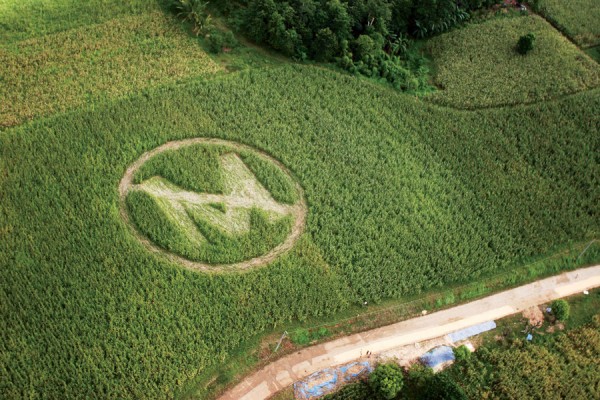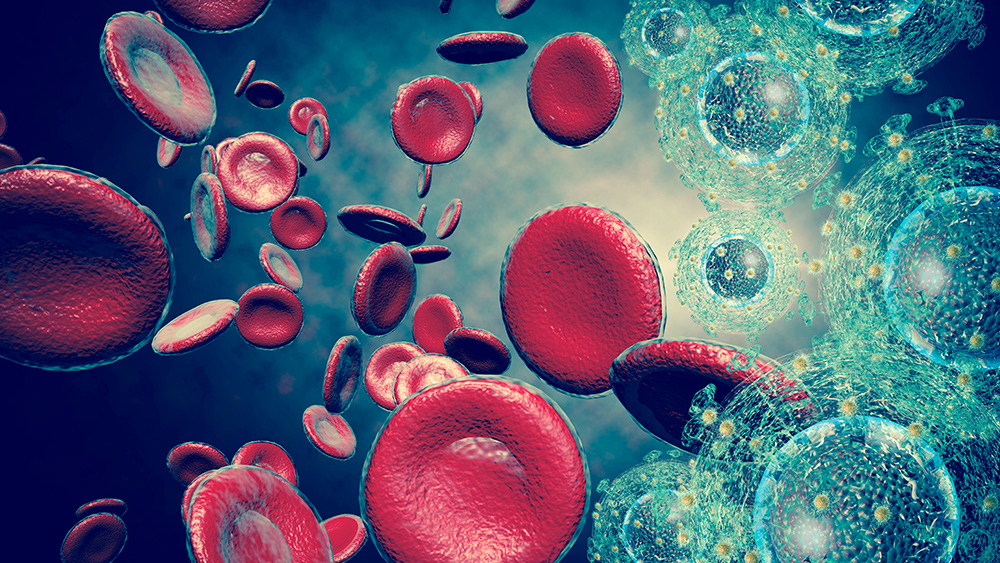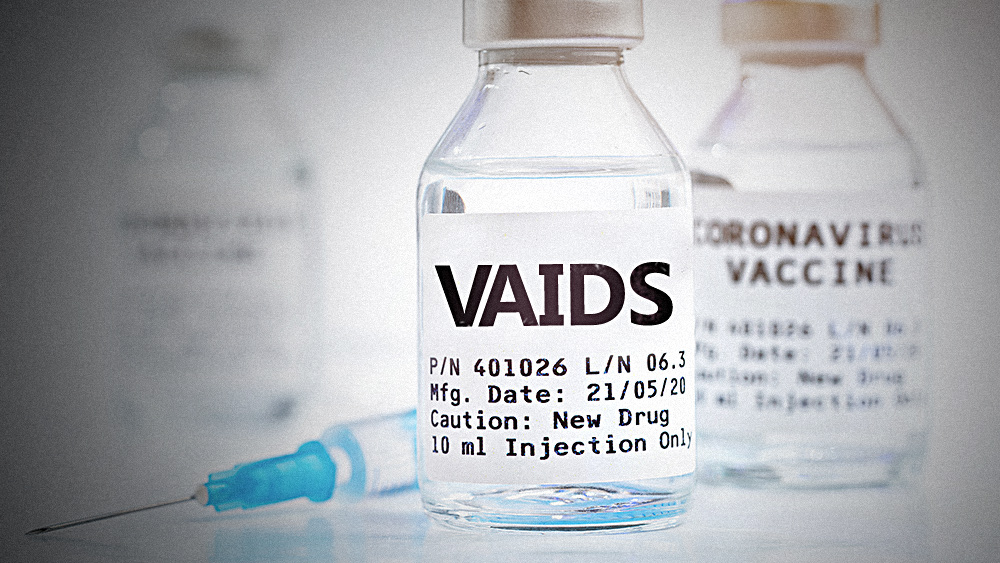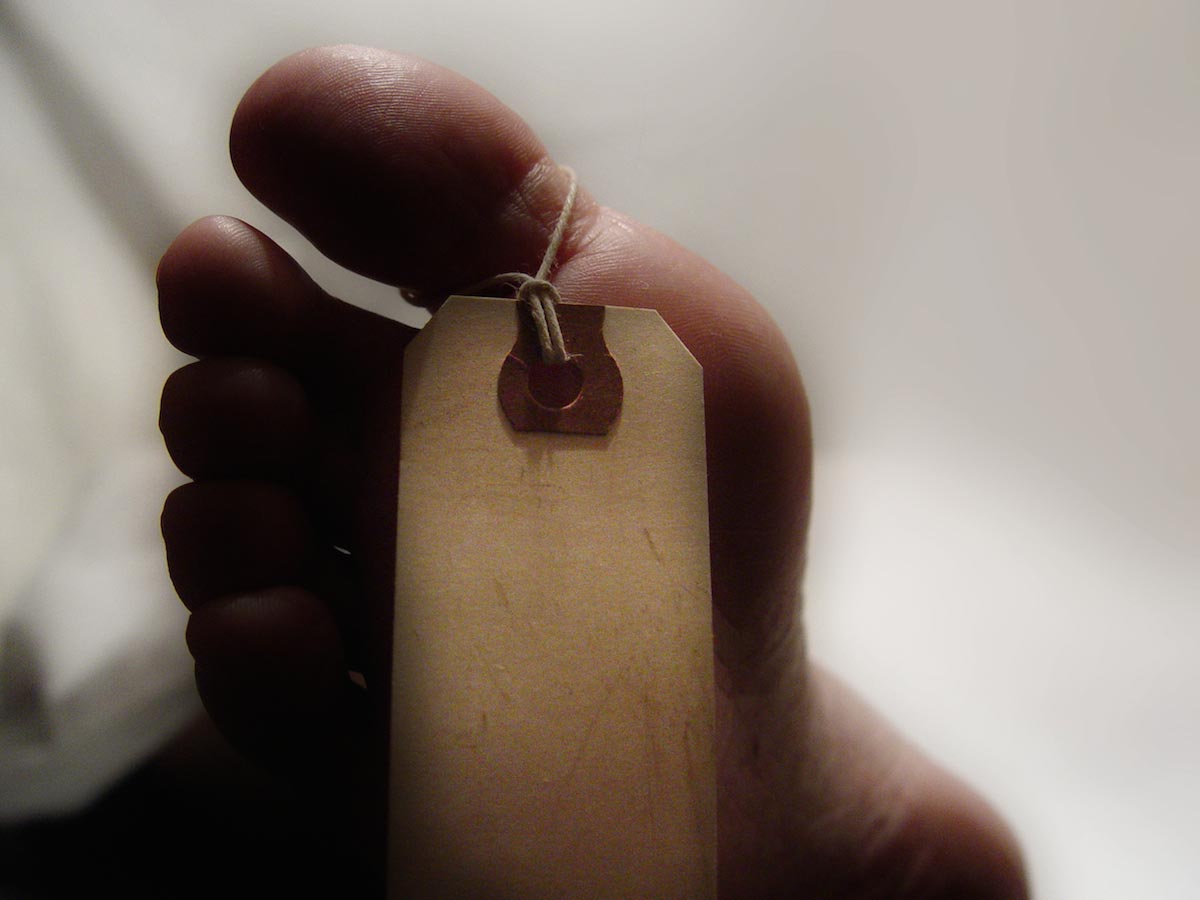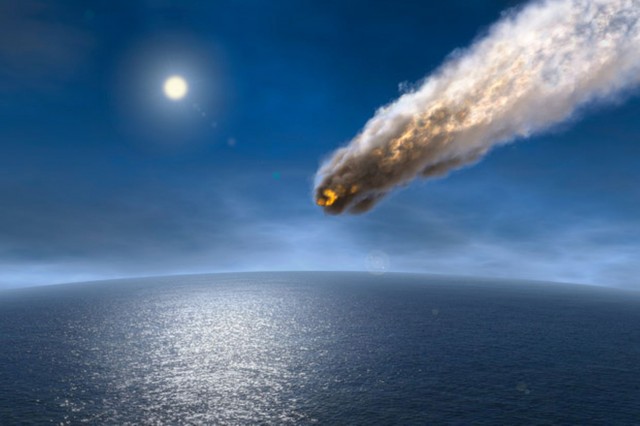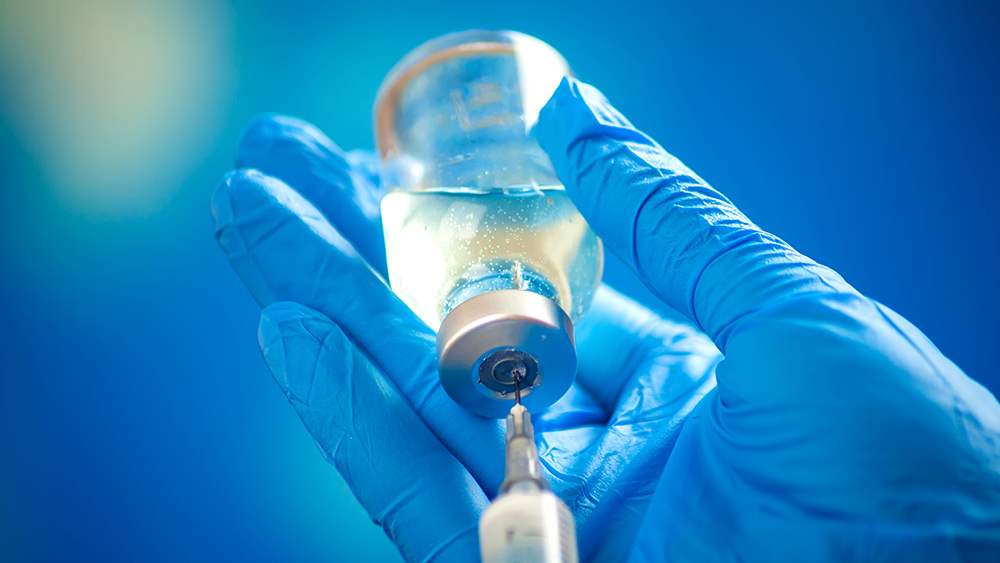Opal gemstones in Martian crater indicate extensive water, possible microbial life once existed there
01/12/2023 / By Kevin Hughes

An old, dried-up lake bed on Mars may be full of opal gemstones that could prove the existence of extensive water and possible microbial life on the Red Planet. This was based on latest data from Curiosity, the largest and most capable rover ever sent to Mars.
A study issued Dec. 19 in the Journal of Geophysical Research: Planets elaborated on the findings. The opals gave the cracked surface of Mars’ Gale Crater a semi-precious sparkle. But according to the study, these opals also proved that water and rock had been interacting below the Martian surface much more recently than was earlier thought – improving the prospects that microbial life once lived there.
Researchers often focus on the water when searching for signs of extraterrestrial life because it is critical for life. However, because water no longer flows on Mars, scientists must search for geological signs of the water that had been there before. (Related: Scientists discover new evidence of liquid water on Mars.)
Signs are present in the rocks and soil of Mars, where particular minerals and structures form only where rock and water interaction occurred.
Scientists noticed one such sign in the past several years around fractures in the surface of Mars. Encircling some of these fractures are “halos” of lighter-colored rock, which scientists said are possibly rich in opal. Silica-rich rocks must combine with water for opal to form.
Upon further scrutiny of Curiosity’s enormous image archive by scientists, they found that these opal-rich halos are not isolated and are somewhat scattered all over Gale Crater. The rover had been exploring 96-mile-wide Gale Crater, formerly a lake bed, since its mission began in 2012.
Researchers were examining old images from the rover’s forays to Gale Crater and found an image of a light halo of rock enclosing a fracture – which looked almost the same as halos earlier discovered.
Findings bolster argument that water previously existed in Mars
“Our new analysis of archival data showed striking similarity between all of the fracture halos we’ve observed much later in the mission. Seeing that these fracture networks were so widespread and likely chock-full of opal was incredible,” U.S. Geological Survey research physicist and lead study author Travis Gabriel stated in a release.
“Given the widespread fracture networks discovered in Gale Crater, it’s reasonable to expect that these potentially habitable subsurface conditions extended to many other regions of Gale Crater as well, and perhaps in other regions of Mars. These environments would have formed long after the ancient lakes in Gale Crater dried up.”
The researchers said this latest realization that water must have survived in Gale Crater long after the lake evaporated means that life could have held on there much longer, probably even in Mars’ modern geological period, which started 2.9 billion years ago. Mars is believed to be nearly 4.6 billion years old.
The findings add to a pile of evidence that water was once prevalent on Mars.
To better understand the Red Planet’s watery past, the study authors suggest the opal-rich fractures in Gale Crater as the latest destination for gathering geological samples or for possible human exploration missions.
Gabriel and the team continue to explore the role of water in the formation and variation of Martian rocks as the Curiosity rover checks out the central mound of Gale Crater.
Follow Space.news for more news about Mars.
Watch this video featuring new pictures taken by the Curiosity Rover on Mars.
This video is from the Weltansicht channel on Brighteon.com.
More related stories:
Study: Mars was covered by deep oceans 4.5 billion years ago.
ESA’s ExoMars orbiter finds “significant amounts of water” just three feet below surface of Mars.
Scientists make stunning discovery that reveals Mars can support life.
Sources include:
Submit a correction >>
Tagged Under:
artifacts, breakthrough, Curiosity Rover, discoveries, gale crater, gemstones, lake bed, Life on Mars, Mars, microbial life, opal halos, opals, rock fractures, signs of water, Space, space exploration
This article may contain statements that reflect the opinion of the author

